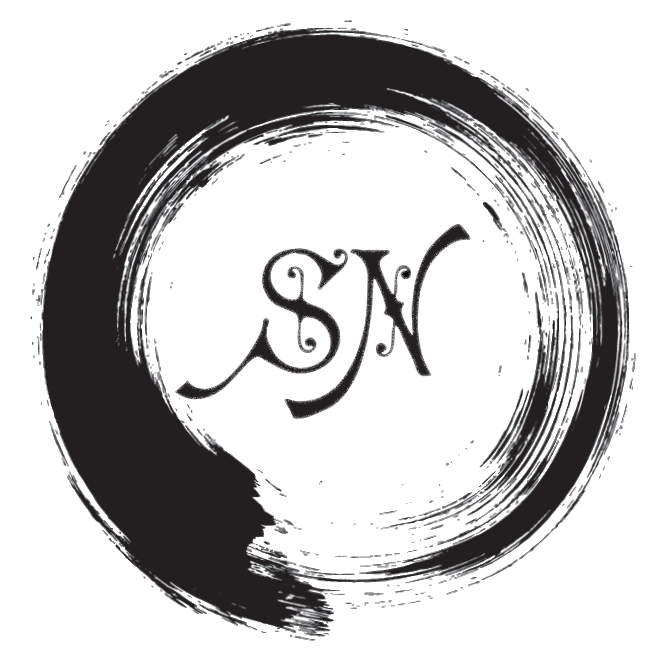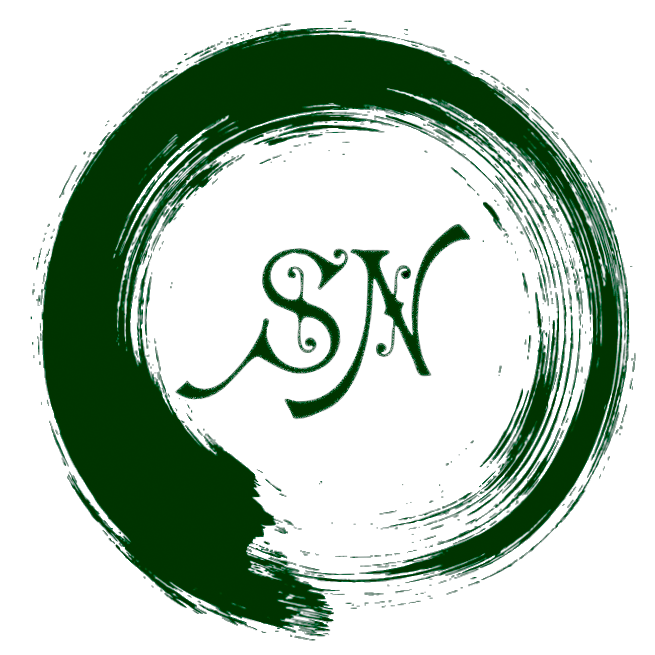Ancient Symbols
Performance Art for the Camera
Location: Personal Studio, Glasgow, Scotland
Location: Personal Studio, Glasgow, Scotland
Von Petzinger’s research reveals how geometric signs - dots, spirals, zigzags, and more - were humanity’s earliest tools for visual storytelling, used consistently across millennia to convey shared meanings. These symbols, found across more than 50 sites from Portugal to Turkey, date back between 10,000 and 40,000 years. The repetition of these symbols across vast geographical distances, often separated by hundreds or even thousands of kilometers, suggests a shared symbolic or cultural system among early humans. This marks humanity’s earliest known attempts at encoding and transmitting information. Von Petzinger’s meticulous research uncovers how these symbols likely predate Homo sapiens’ migration into Europe, deepening Nagy’s exploration into how ancient symbols served as vessels of meaning, bridging time and space, and contributing to his reflections on identity and the human experience. Nagy incorporates these symbols into performance rituals, transforming them into acts of reclamation and reinterpretation. Each photograph, captured through long exposure, becomes a layered dialogue between the artist and the past, invoking the endurance of these symbols in shaping cultural identity.
Barney’s concept of creative resistance resonates deeply in Nagy’s approach. Inspired by the physical constraints and symbolic gestures in Drawing Restraint, Nagy embraces the act of struggle within their performances, integrating physical boundaries as metaphors for the tension between tradition and modernity. This embodied resistance echoes the process of creating meaning amidst restriction, connecting the physical act of marking symbols to the emotional landscape they represent.
Jodorowsky’s The Holy Mountain enriches the project with its surreal exploration of transcendence, metaphysical inquiry, and spiritual transformation. Nagy channels Jodorowsky’s visual language by staging performances that evoke otherworldly imagery, challenging viewers to navigate the boundaries between reality and the abstract. The juxtaposition of ancient symbols with contemporary performance echoes the film’s themes of seeking enlightenment through layered, often cryptic, narratives.
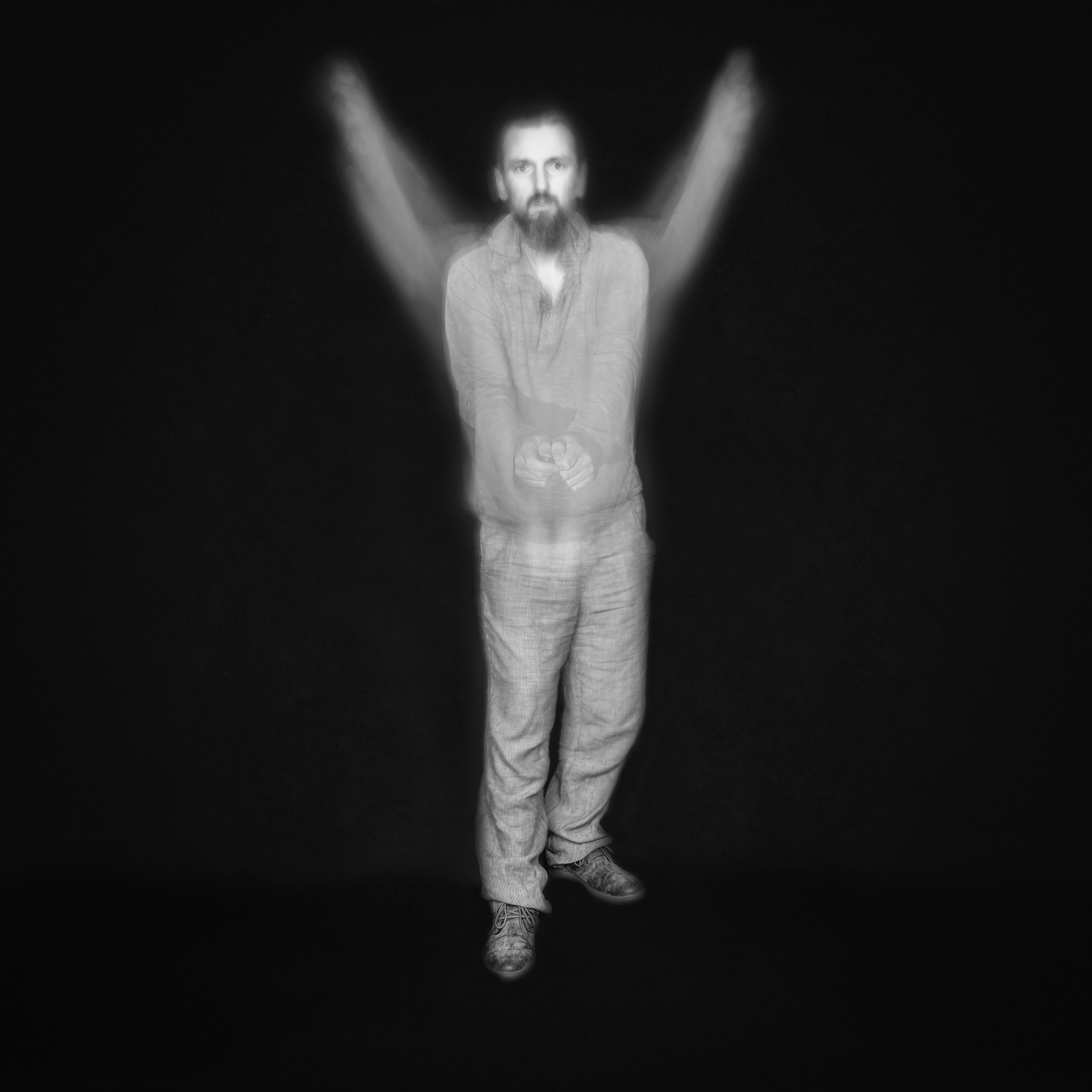
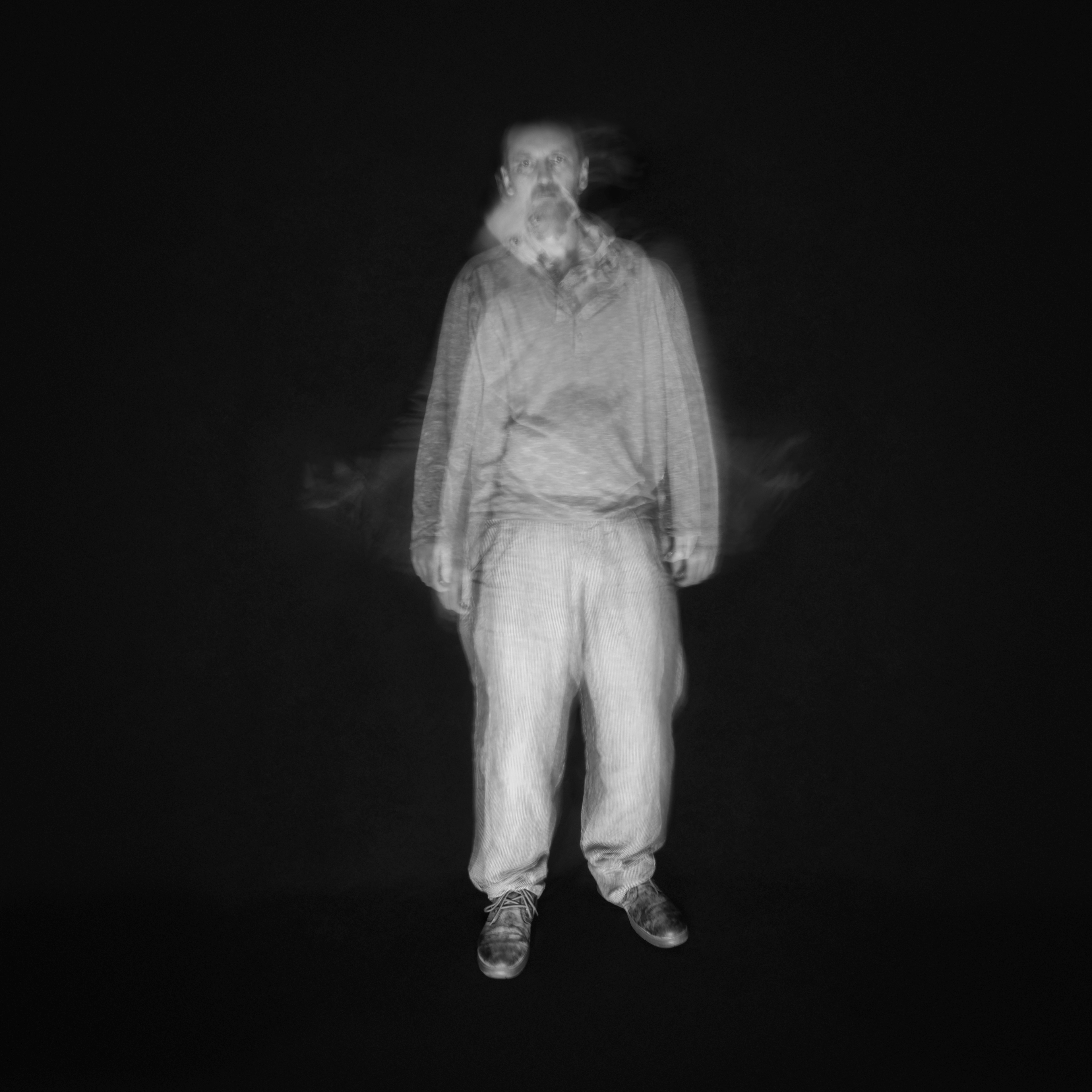

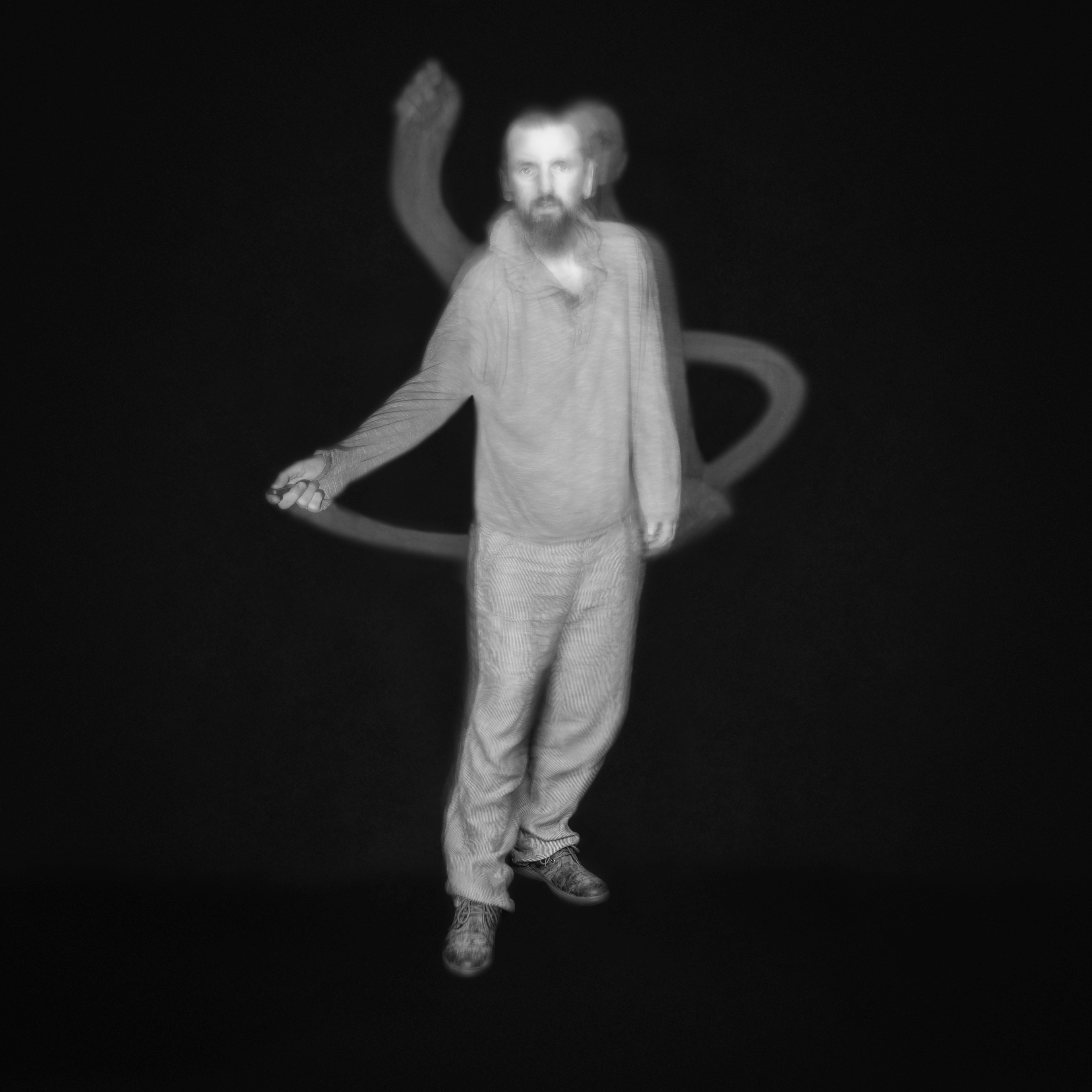
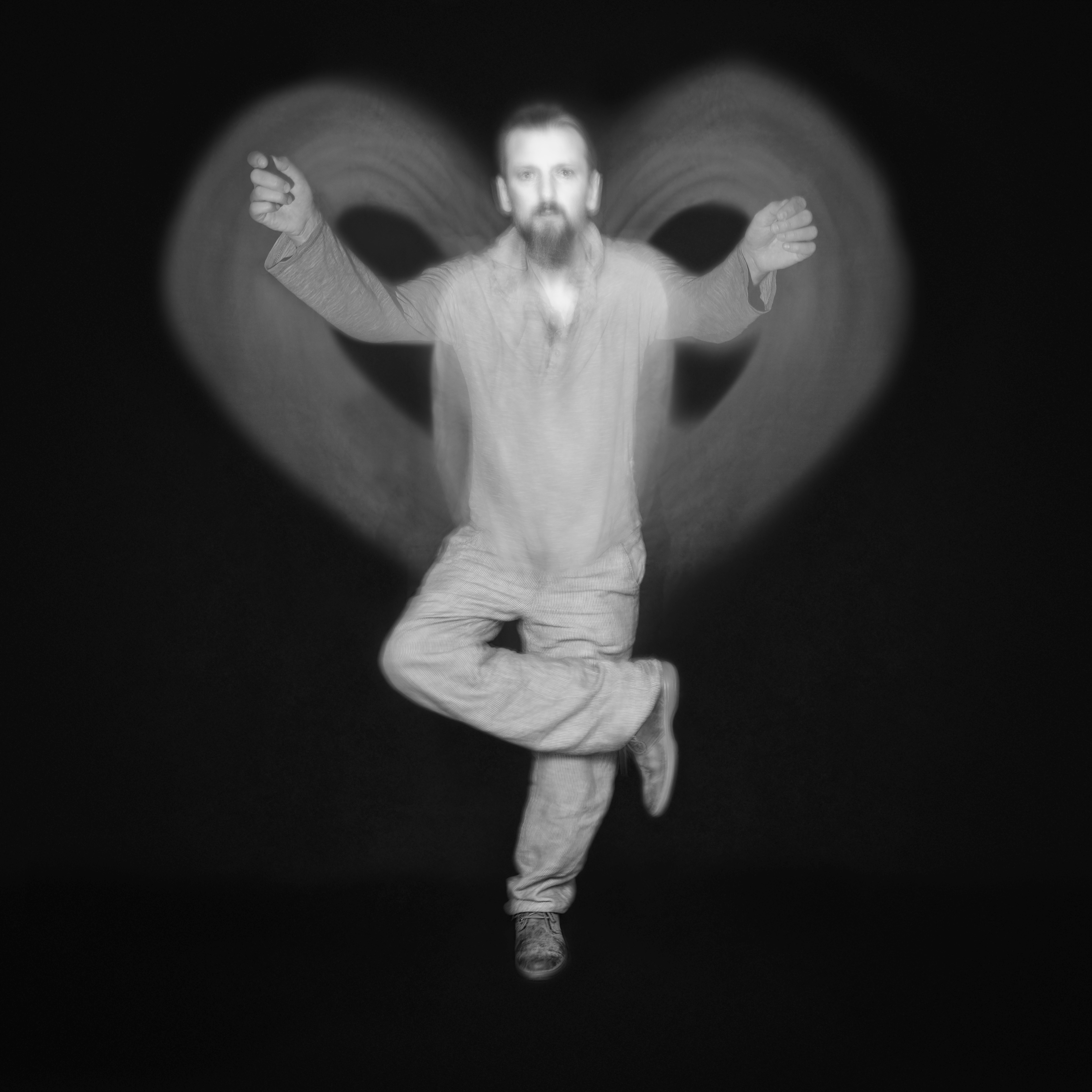
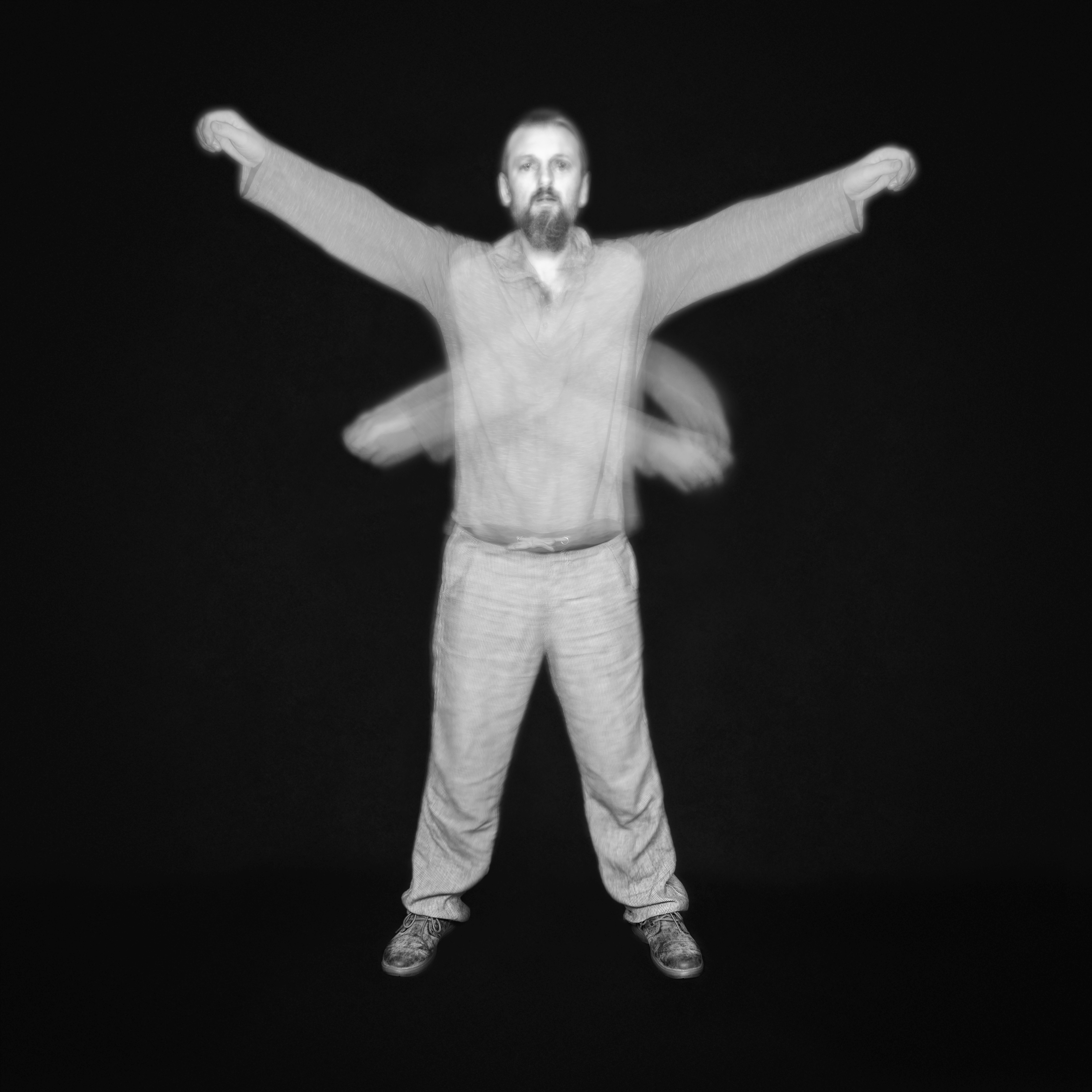
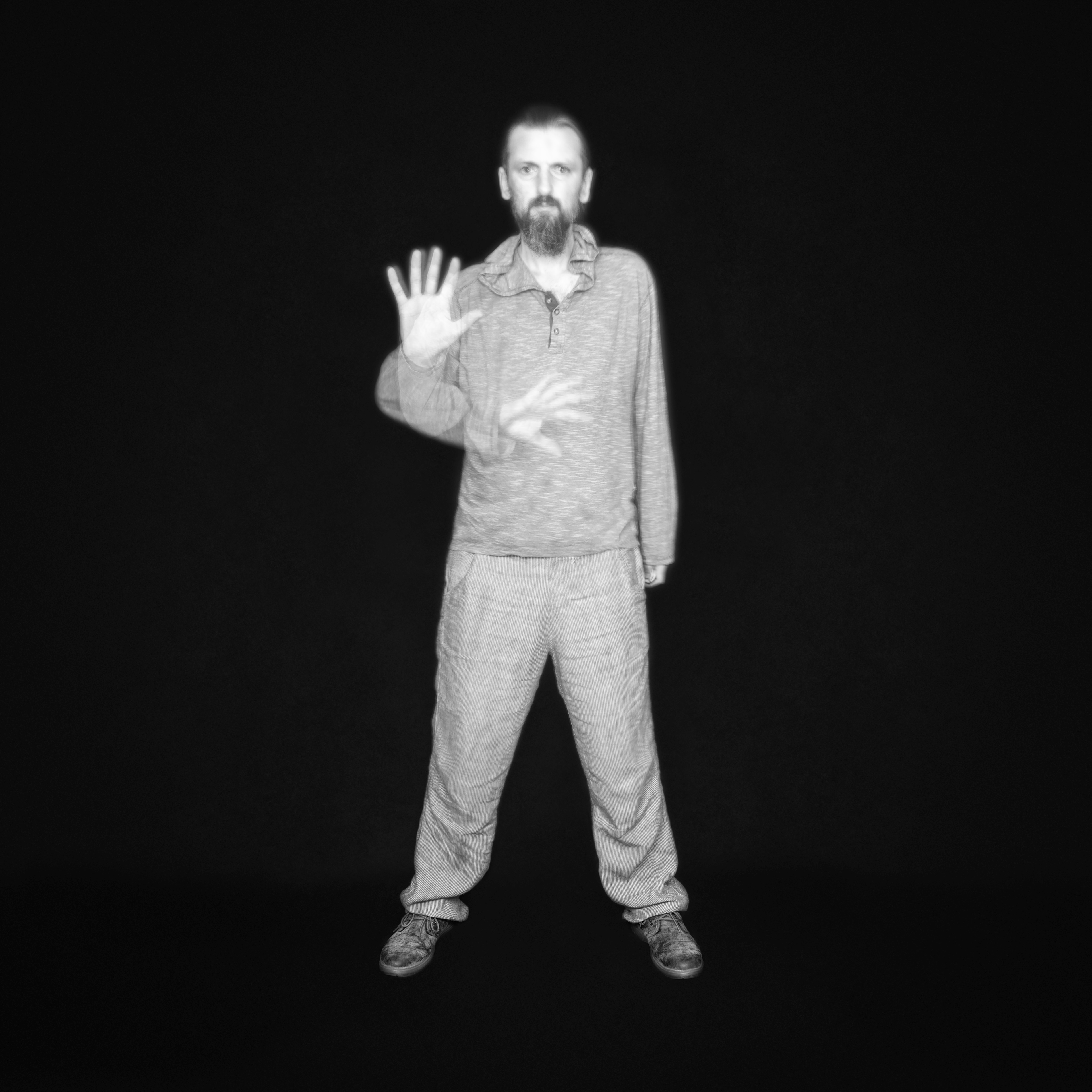


Currently, Nagy is finalizing this project, with the 32 images on the way to being printed. The work will culminate in the publication of both a handmade and a printed book. The search is underway for the ideal venue to exhibit the material in its entirety. If you are a gallery or curator interested in hosting this project, please feel free to get in touch.
